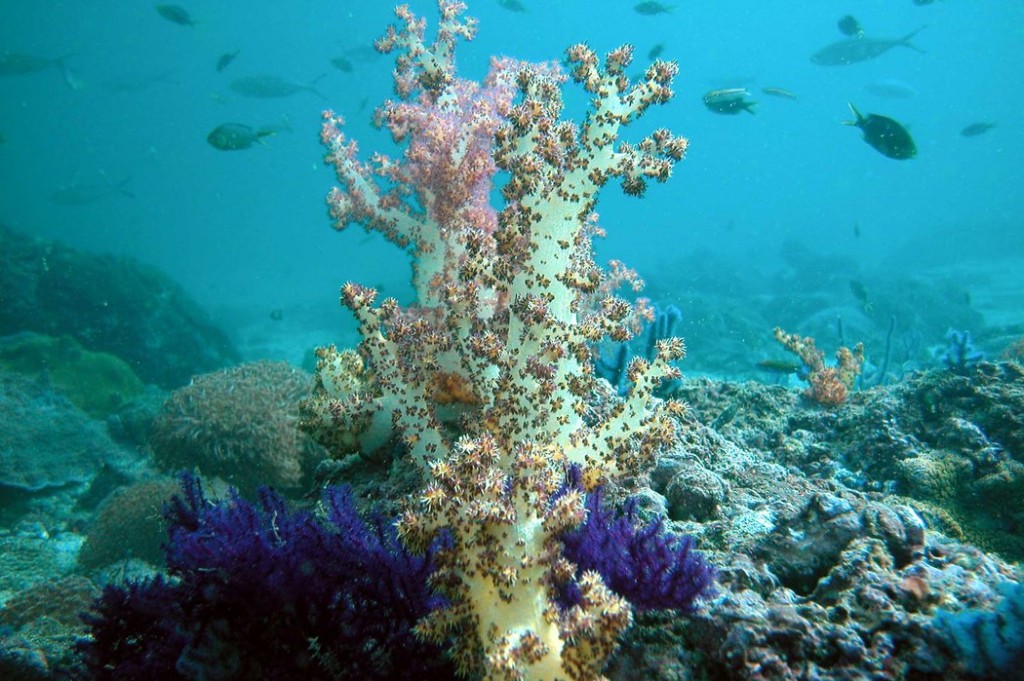SpaceDaily.com January 2nd, 2015
Kiel, Germany
To continue its striking development, ocean acidification research needs to bridge  between its diverging branches towards an integrated assessment. This is the conclusion drawn by Prof. Ulf Riebesell from GEOMAR Helmholtz Centre for Ocean Research Kiel and Dr. Jean-Pierre Gattuso from the French Centre National de la Recherche Scientifique (CNRS) and Universite Pierre et Marie Curie.
between its diverging branches towards an integrated assessment. This is the conclusion drawn by Prof. Ulf Riebesell from GEOMAR Helmholtz Centre for Ocean Research Kiel and Dr. Jean-Pierre Gattuso from the French Centre National de la Recherche Scientifique (CNRS) and Universite Pierre et Marie Curie.
In a commentary in the journal “Nature Climate Change”, the two internationally renowned experts reflect on the lessons learned from ocean acidification research and highlight future challenges.
Over the past decade, ocean acidification has received growing recognition not only in the scientific area. Decision-makers, stakeholders, and the general public are becoming increasingly aware of “the other carbon dioxide problem”. It is time to reflect on the successes and deficiencies of ocean acidification research and to take a look forward at the challenges the fastest growing field of marine science is facing.
In the January issue of the journal “Nature Climate Change” Ulf Riebesell, professor for Biological Oceanography at GEOMAR Helmholtz Centre for Ocean Research Kiel, and Jean-Pierre Gattuso from the French Centre National de la Recherche Scientifique (CNRS) urge the international scientific community to undertake a concerted interdisciplinary effort.
According to the two experts, future ocean acidification research will have to deal with three major challenges: It needs to expand from single to multiple drivers, from single species to communities and ecosystems, and from evaluating acclimation to understanding adaptation. “The growing knowledge in each of the diverging research branches needs to be assimilated into an integrated assessment”, Prof. Riebesell points out.
For the scientific community, it is obvious that ocean acidification does not occur in isolation. Rising temperatures, loss of oxygen, eutrophication, pollution and other drivers happen simultaneously and interact to influence the development of marine organisms and communities.
Read more here

